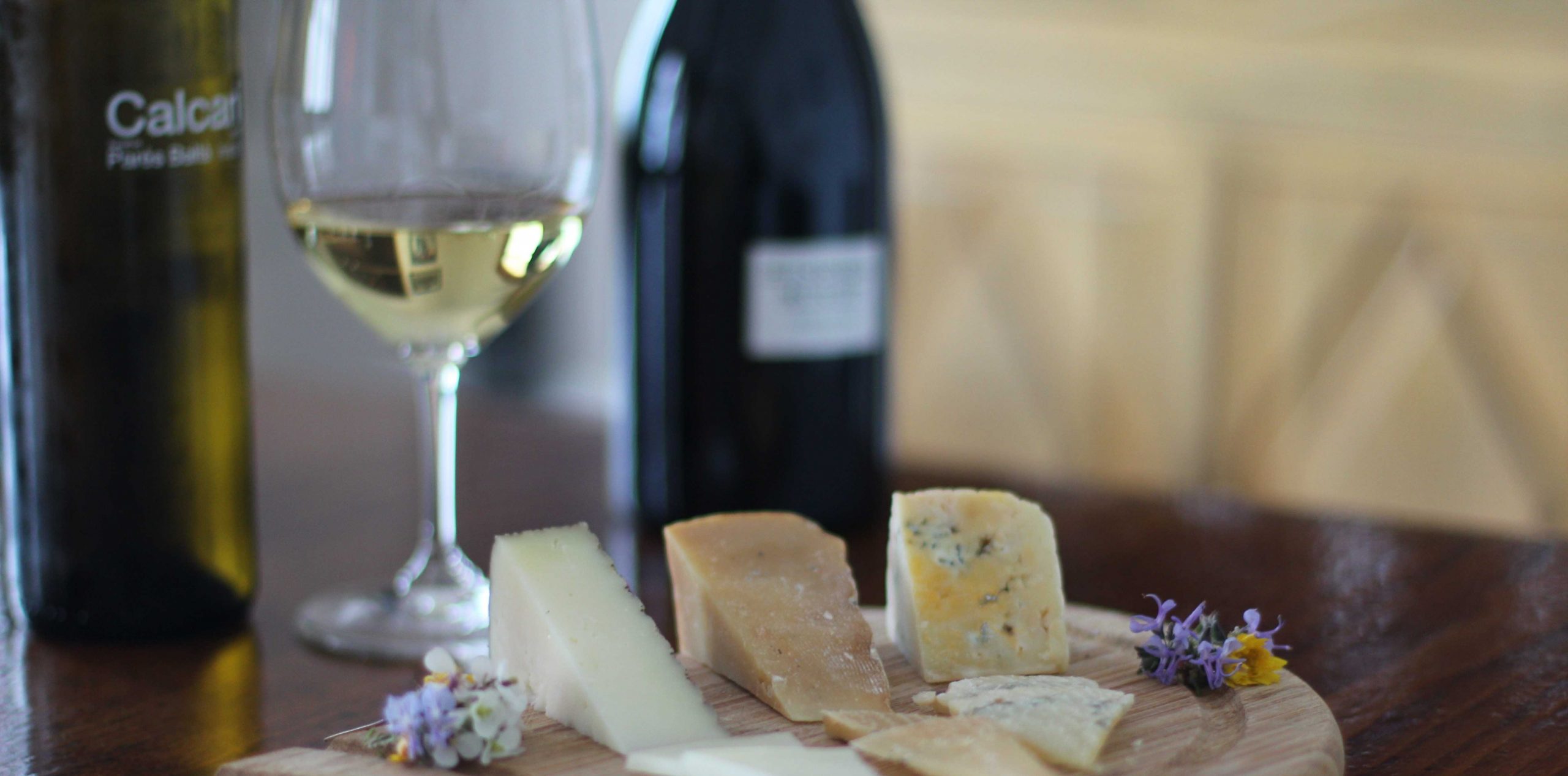Why do cheeses and wines pair so well together? Do all wines accompany all kinds of cheeses equally well? Does cava also match well with cheese?
Surely you have asked yourself these questions more than once. If you still don’t know the answer, then Maria Elena and Marta, our winemakers, explain in detail the secrets of each pair of wines and cheeses. They will also reveal some of their favorite combinations!
The concept of food and wine pairing consists of combining two products, a solid and a liquid, with the main objective of finding a balance between flavors and textures. As such, we could make a pairing by affinity between aromas and flavors, a pairing by contrast of flavors and textures or a pairing by synergies between aromas and flavors. In the specific case of cheese pairing, what we are really looking for is the balance between the aromatic intensity of the wine and the depth of flavour of the cheese. The primary objective is that we are left with the lingering effect of both wine and cheese simultaneously on the palate.
The affinity between cheeses and wines is due to the fact that cheese is a fatty product whilst wine is an acidic liquid. It is precisely the acid in the wine that acts as a palate cleanser; and removes the fatty residue that the cheese leaves behind on the tongue.
How to choose the cheese and wine that match the best? The first thing we have to take into account is the fat content, texture and aroma of the cheese, and then choose a wine based on acidity and aromatic characteristics.
- The fat content of the cheese is determined by the type of milk used to make it. We can order the different types of milk from least to most fat: Cow’s Milk 25-35% fat; Goat Milk 35-45% fat; Sheep Milk 75% fat; Buffalo Milk more than 75% fat.
- The texture of the cheese can be classified according to soft, semi-soft, hard or very hard and will be determined by the process of curdling the milk. For example, an enzymatic curd will result in a hard and dry cheese in contrast to a lactic curd which will deliver a soft and moist cheese.
- The aroma of the cheese is dependent on the treatment of the milk. If it is raw milk, it will fully maintain all the properties and a more aromatic cheese will result, whereas if the milk is pasteurized, it will not be as aromatic due to the heat treatment of the milk that causes the loss of a large part of the aromas.
Once we have decided on a specific type of cheese, we need to choose a wine that gives us the best balance with our chosen cheese. As mentioned before, this is where we focus on the acidity and aromas of the wine.
- The higher the acidity a wine has, the more it will cleanse the palate and contrast the tardiness of the cheese. Ideally we try to pair wines with low acidity with low-fat cheeses (cow’s milk) and on the contrary, we will pair wines with more acidity with fatty cheeses (goat and sheep).
- The aromas of the wines come from the grape varieties from which that wine has been made. In this case, we are interested in combining wines with aromatic grape types alongside aromatic cheeses (would be goat and sheep) and vice versa.
Tips:
Wines that have less acidity (or drier wines) and that are not very aromatic (for example the Xarel·lo variety) would pair well with cheeses that are low in fat and that are not quite so aromatic, such as cheeses made with cow’s milk.
Wines that have more acidity and are aromatic (for example varieties such as Chardonnay and Sauvignon Blanc) are a much better match with fatty and more aromatic cheeses such as cheeses made with goat and sheep milk.
Originally, cheeses used to be paired with red wines but the truth is that red wine has a less acid sensation than white wine. It also possesses a tannic component, which is responsible for the colour characteristics of red wine and saturates the taste buds in the mouth. Quite the opposite effect of what we look for in the cheese and wine pairing, which is that the wine acts as a palate cleanser and not a palate closer. We can pair red wines with dry or very dry and hard cheeses such as the well-known Parmesan cheese or Manchego.
Cava is ideal for cheese pairing and the explanation is quite simple. Firstly, cava is very rich in acidity and has a carbonic component (bubbles) that still wines do not have. This component gives us an even greater sensation of acidity and thanks to this cava delivers a much cleaner mouth feel.
Secondly, cavas are usually made with a blend of different grape varieties, therefore a range of different aromas and will always be a good combination with most kinds of cheeses.
Maria Elena and Marta’s selection:
- Saint Marcellin and Calcari (white wine100% Xarel·lo)
- Saint Felicien and Cosmic (white wine Xarel·lo and Sauvignon Blanc)
- Lligat de Cabra and Indigena Blanc (white wine 100% Garnatxa)
- Briqueta de Cabra and Radix (rosé wine100% Syrah)
- Serrat del Tormo and Selectio (cava Xarel·lo, Macabeu, Parellada and Chardonnay)
- Esquirrou and Indigena Negre (red wine 100% Garnatxa)
- Rond du Val and Selectio (cava Xarel·lo, Macabeu, Parellada and Chardonnay)
Let’s visit us and find out even more.



